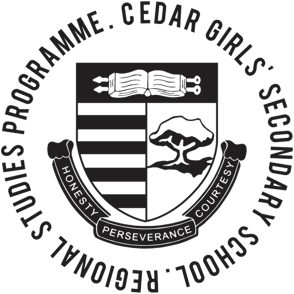Day 1 - Yogyakarta
Starting on our adventure to learn more about the Mataram Dynasty through the artefacts of the royal families at Ullen Sentalu Museum, learning from the locals at the Pentingsari Tourism Village and enjoying the art of wayang kulit.
2025 YOGYAKARTA
6/2/20253 min read
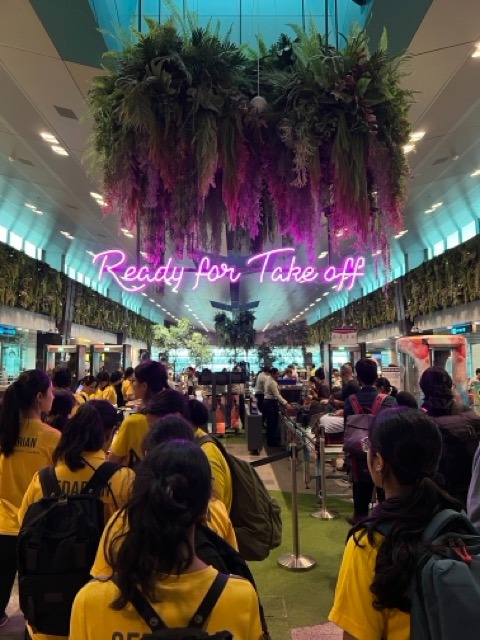

Ullen Sentalu Museum
We weren't allowed to take pictures in the galleries as these were artefacts of the royal families. However, the educators were able to weave the artefacts in the rooms together to provide us an insight of the lives of the royals in the Mataram Sultanate. Fun fact is that over the years, the sultanate has been divided into 4 different kingdoms and in Yogyakarta region, we have the Kasultanan Yogykarta and the Kadipaten Pakualaman.
In the museum, one thing that stood out to us was that there were ways for people to express their identity and social status through the clothes they wore. The patterns on clothes symbolize different things! There were also specific clothes with patterns that could not be worn to palaces so as to not offend the royalties. Realising that monarchys around the world have the same rules of decorum makes it really interesting when we compare it with the UK royal family that is more known to us due to sheer exposure.
Through looking through the letters written by various members of the royal family, including princesses like Princess Tineke, we were able to gauge the lives of the monarchy in the past, whether under Dutch colonial rule or after independence, and we felt that it was indeed a fruitful and insightful experience at the museum for us!
Indonesia was a Dutch colony for 350 years, therefore this also has impact on the lives of the royal family. The children of the royal family are flown to Netherlands for their education and thus they are fluent in Dutch and Bahasa Indonesia.
Introduction
Today is the first day of our trip in Jogja. We had a chance to explore the rich culture and history of Yogyakarta, which is also known as Jogja. We learnt a lot about its history, and its kings and queens. But before we share more about the the trip, we are also thankful to our parents and family members for sending us off on an early morning for this trip.
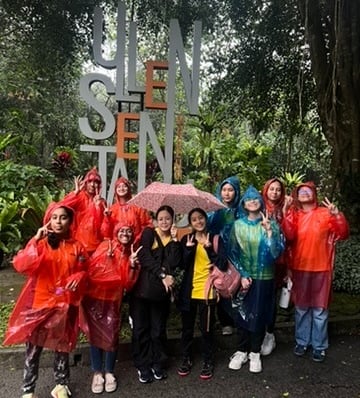

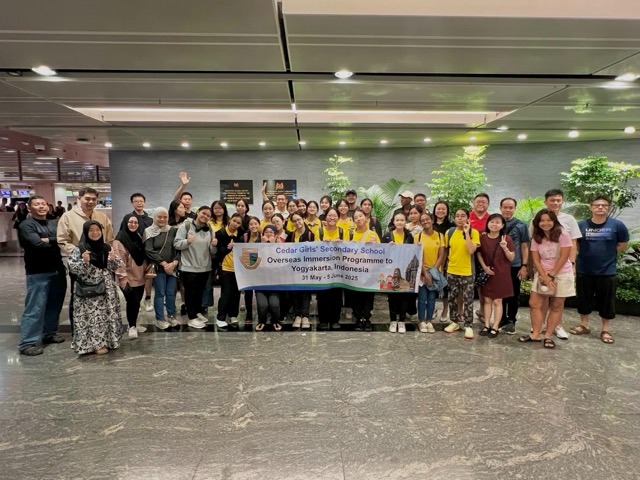

Pentingsari Village
We did 3 activities today, the first being batik craft. With one hand held onto the canvas and another drizzling malam, a type of wax, onto the canvas, tracing across lines to form a piece of art, we were able to experience the process of making traditional batik, with an expert guiding us along the way. Though many of us struggled with drizzling wax and found the process challenging, by the time the batik was dyed and soaked in boiling water, we had discovered that the dots of wax that we’ve accidentally dripped onto our canvas weren’t mistakes or imperfections to our masterpiece, but rather details that’ve truly represented us and the effort that we’ve put into the batik making.
Next, we moved on to dancing, where we all wrapped sabai, a decorative piece of cloth around our necks as we mirrored the dance instructor and attempted to learn her dance moves. It was an intriguing experience, both challenging yet fun, and we were able to pan out the dance in its simplest form by the end of 30 minutes, a rather impressive feat!
Lastly, we were grouped and sat in circles, surrounding a mentor who handed out the leaves of young coconut trees to us. These leaves were divided into 3 strips, with one being the thinnest and the rest being of similar sizes. By meticulously folding each layer of the thicker strips over and around the thinnest one, we had created a sword-like structure/keris made with coconut leaves!
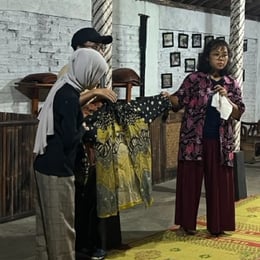
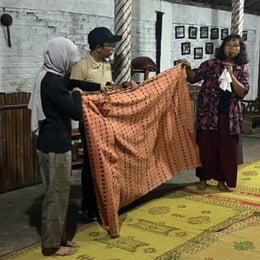
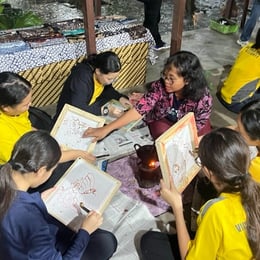
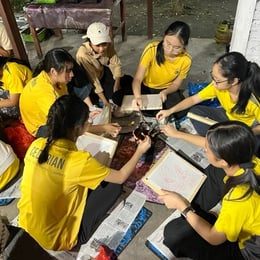
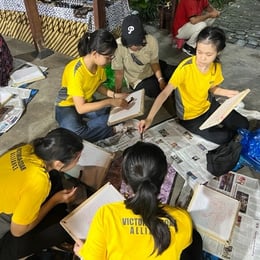
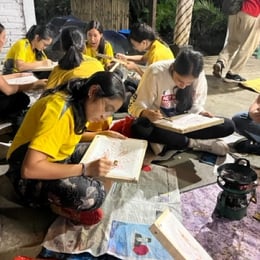
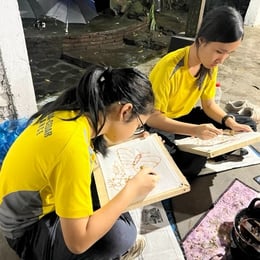
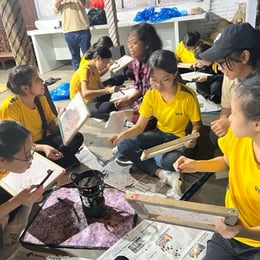
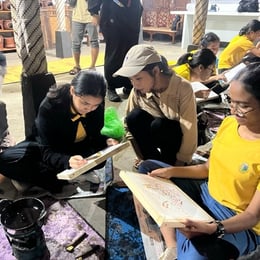
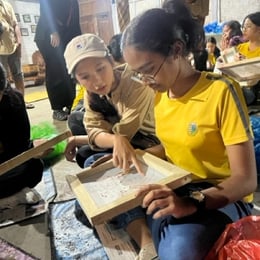
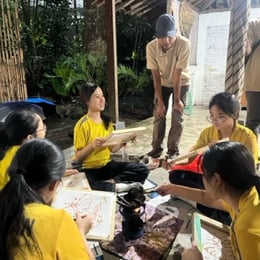
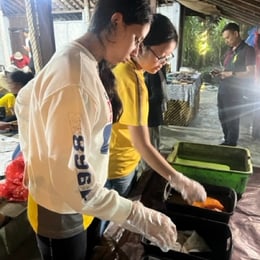
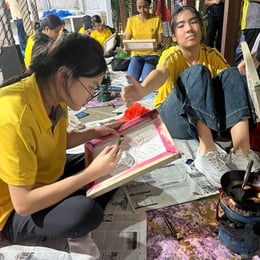
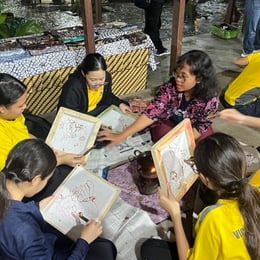
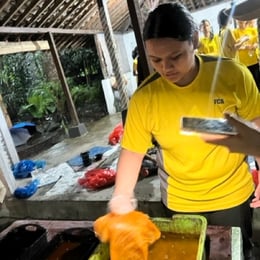
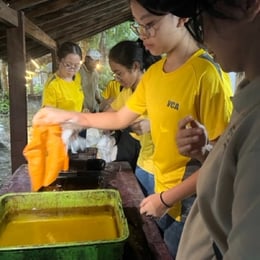
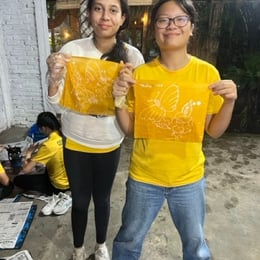
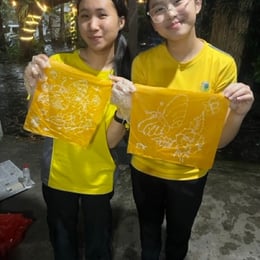
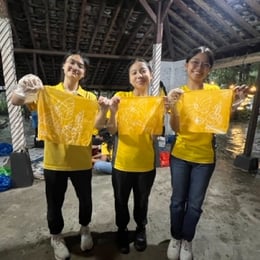
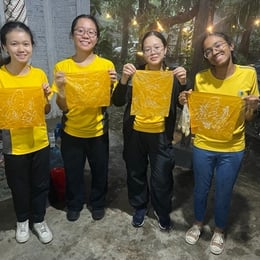
Wayang Kulit - Puppet show
When we visited the puppet show today, we managed to witness what it was like behind the scenes of a puppet show. There was actually a mastermind (or more known as the dalang) behind the entire show. He controlled the movements of the puppets, narrated the storyline, and was the voice actor of all characters. During the performance, he sat behind a white screen with a light shining behind him, making the puppets’ shadows appear to the audience in front. There was also a group of men using unique objects to make music and sounds. The music brought life to the story by matching the vibe of the story. For example, music would be soft during suspenseful moments, and loud and fast when something exciting happened. Allthough the conversations are in Javanese language, this artform was a different form of storytelling which was quite engaging and allowed us to learn about the scene in Ramayana, a Hindu epic.
We will be watching a Ramayana Ballter performance in the next few days - so quite excited to see the difference in form and scale of the performance.
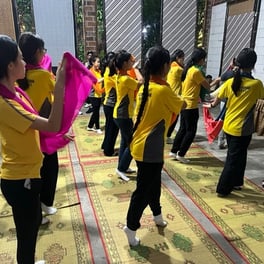
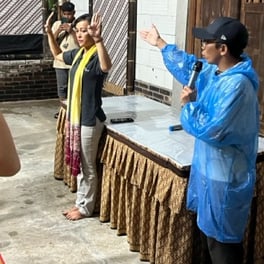
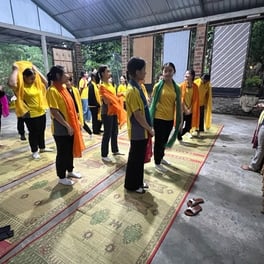
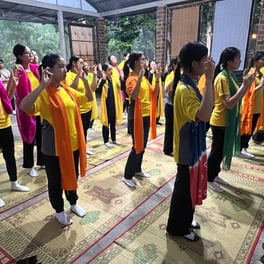
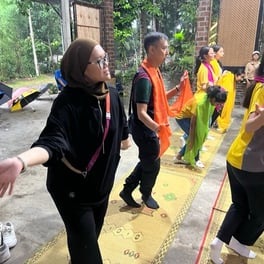
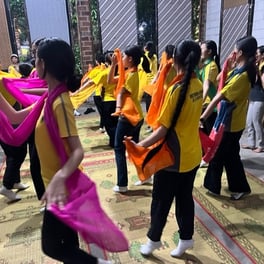

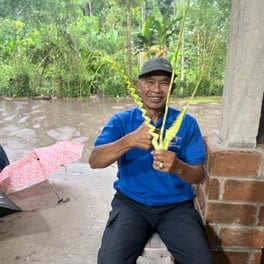
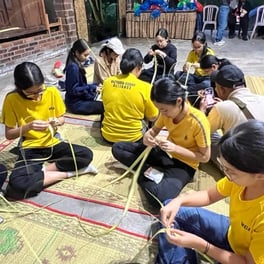
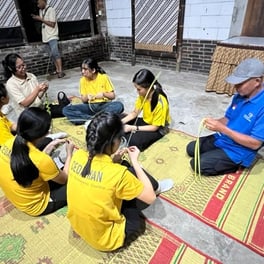
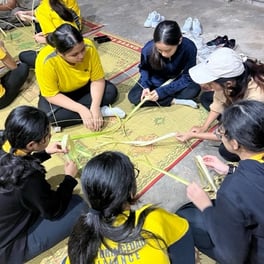
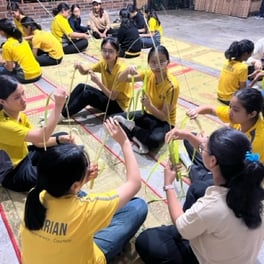
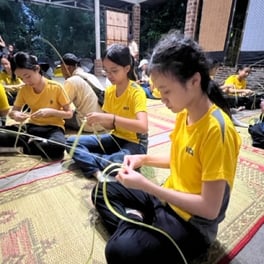

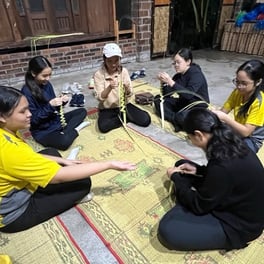
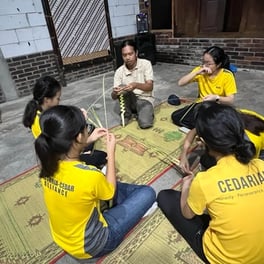
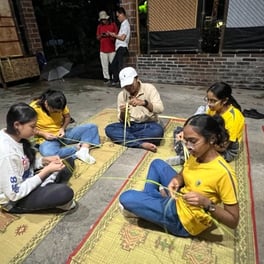

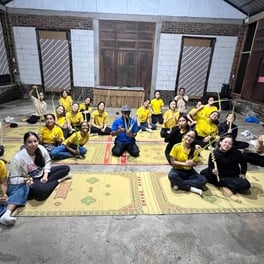
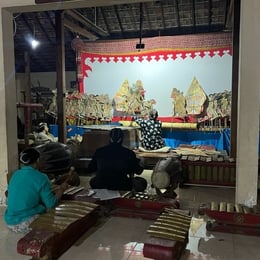
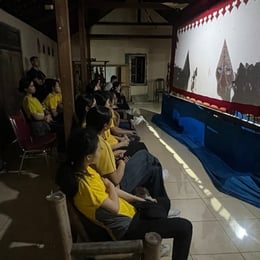
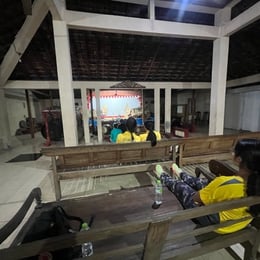
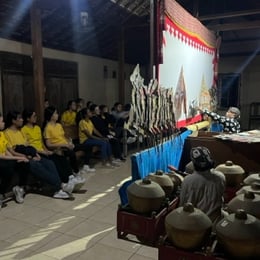
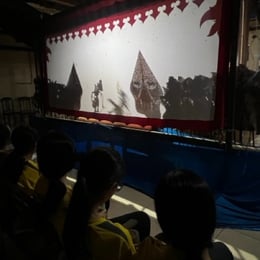
It has been a long day but we managed to experience many things within a span of a day! We could definitely feel the hospitality of the Indonesian people eventhough we have just been here for less than 24 hours!
Until the next blog entry,
Caylene & Denis!
